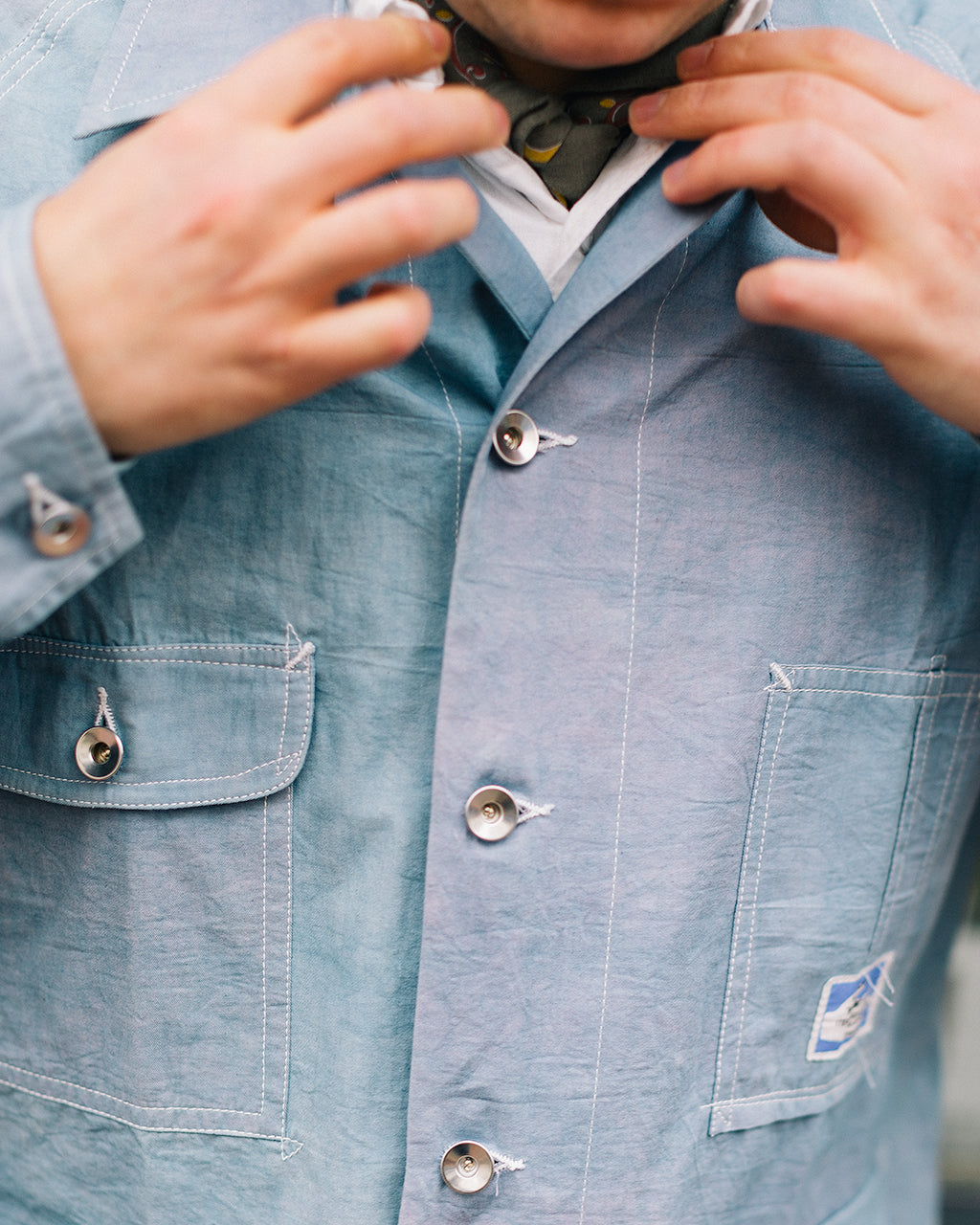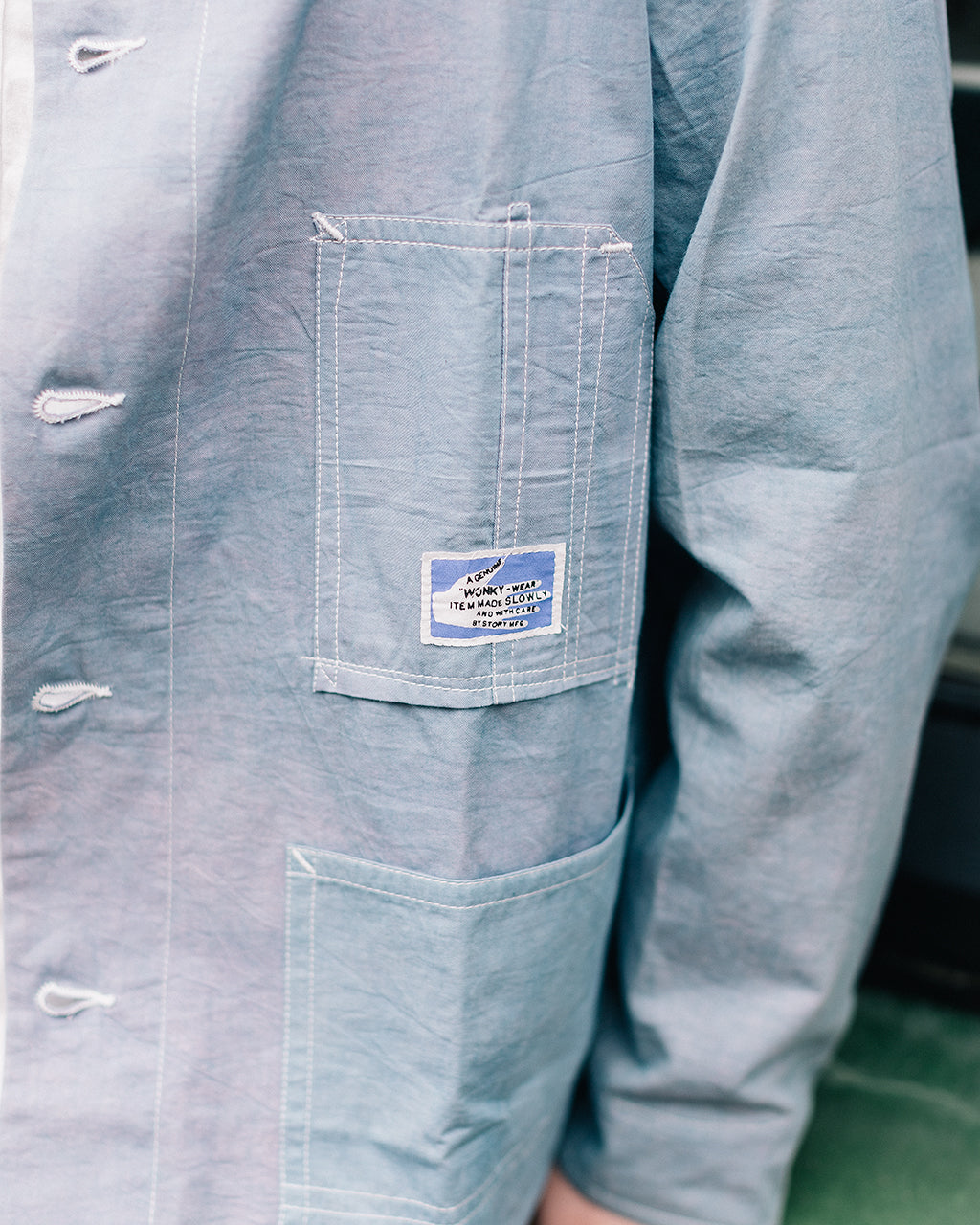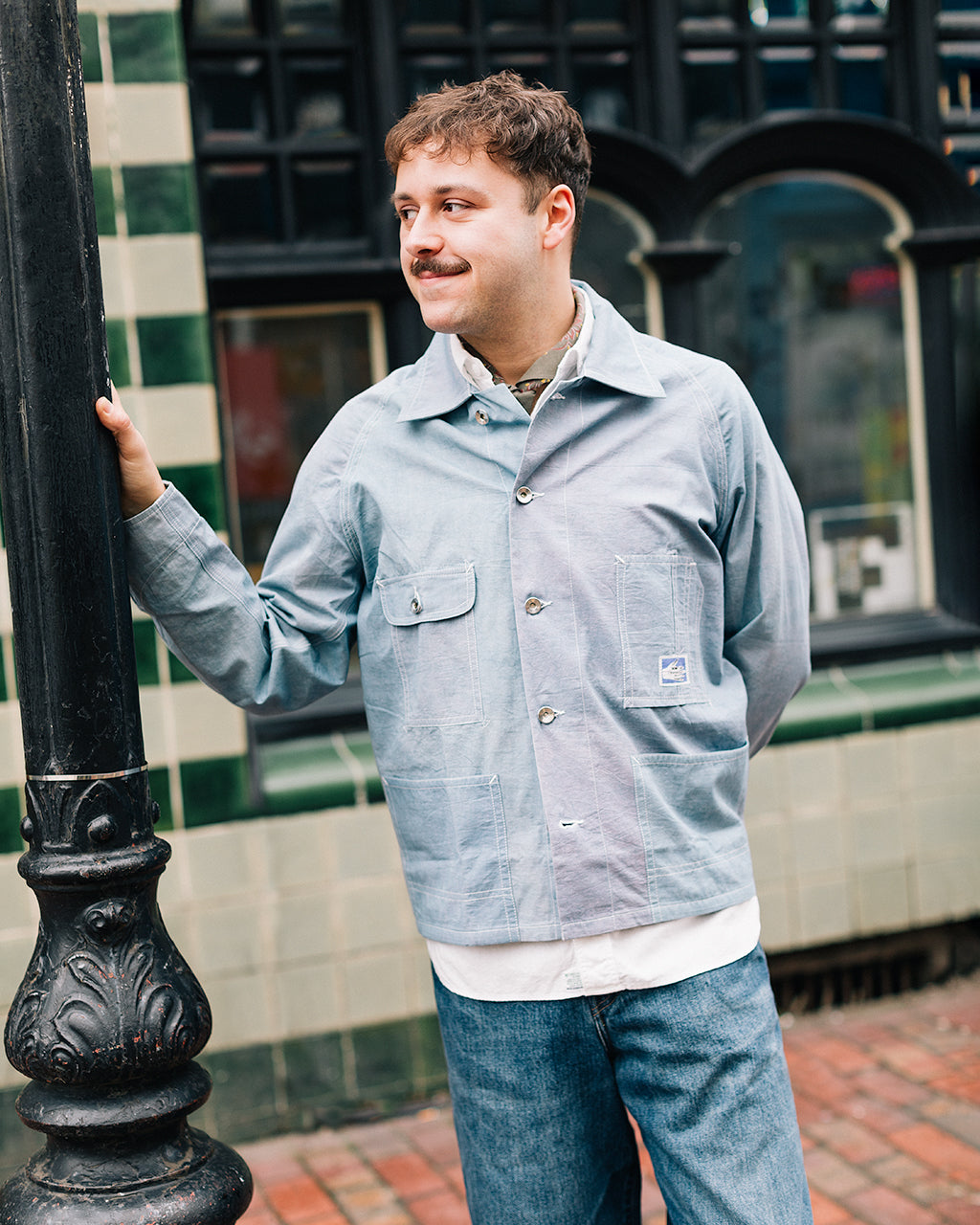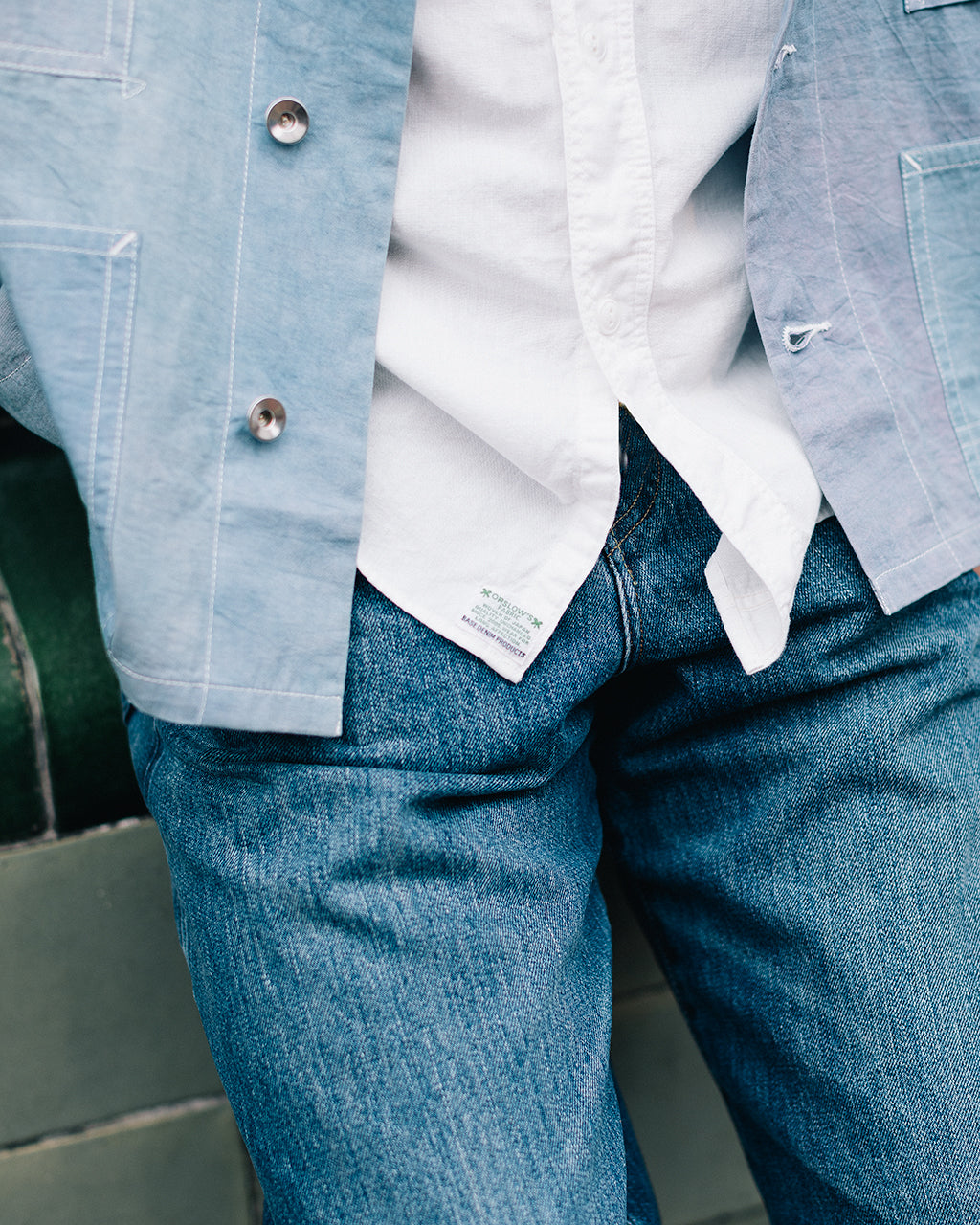The railroad jacket, also known as the railway jacket or engineer jacket, holds a significant place in the annals of workwear history. Evolving alongside the expansion of railroads in the 19th century, it became emblematic of the rugged lifestyle and demanding work environment of railroad engineers, conductors, and labourers.
Its story intertwines with the rise of industrialisation, the growth of transportation infrastructure, and the development of standardised work attire.
The origins of the railroad jacket can be traced back to the mid-19th century when railroads began to proliferate across the United States and Europe. As railways expanded, so did the need for specialized clothing that could withstand the rigors of railroad work.
Early railroad jackets were utilitarian in design, prioritizing durability and functionality over aesthetics. They were typically made from heavy-duty fabrics such as denim or canvas, providing protection against the elements and the hazards of the railway environment.
One of the most iconic features of the railroad jacket is its distinctive design. Characterised by a button-up front, a pointed collar, and multiple pockets, including chest pockets and sometimes lower patch pockets, the railroad jacket was tailored to meet the practical needs of railroad workers. The pockets provided convenient storage for tools, pocket watches, and other essentials, while the sturdy construction ensured longevity in demanding working conditions.
Throughout the late 19th and early 20th centuries, the railroad jacket underwent several iterations to accommodate changing trends and technologies.
With the advent of steam locomotives, for example, jackets were sometimes modified to include features such as brass buttons or reinforced stitching to withstand the heat and soot produced by these engines.
Additionally, the introduction of standardised uniforms by railway companies led to the adoption of specific colour schemes and insignias, further solidifying the railroad jacket's role as a symbol of railway workers' identity and pride.
The heyday of the railroad jacket coincided with the golden age of rail travel in the late 19th and early 20th centuries. As railways expanded and connected distant cities and regions, railroad workers became synonymous with adventure and exploration, capturing the imaginations of people around the world.
The railroad jacket, with its association with these intrepid men and women who traversed vast landscapes and conquered technological frontiers, became a cultural icon, immortalised in literature, art, and film.
Despite the decline of railroads as the primary mode of transportation in the latter half of the 20th century, the legacy of the railroad jacket endured. It found new life as a symbol of Americana and blue-collar heritage, embraced by enthusiasts of vintage workwear and heritage fashion.
Today, numerous brands and manufacturers produce modern interpretations of the classic railroad jacket, paying homage to its rich history while incorporating contemporary materials and design elements.
Story MFG have put their stamp on this classic silhouette, with soft 100% organic cotton that is dyed with Padhimugam, which is also known as Indian Redwood. The plant itself is part of the legume family and the bark produces produces an almost chemical-leak level of bright pinky-violet, an updated take on the classic indigo dying technique used on traditional Railroad Jackets.








